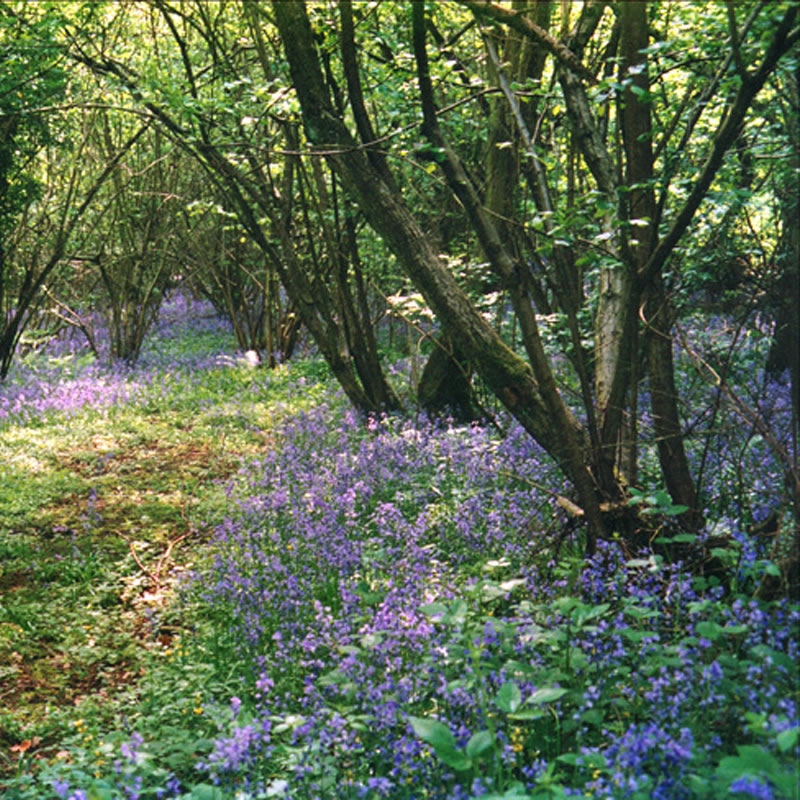- This topic has 15 replies, 9 voices, and was last updated 14 years ago by woodsman.
-
Dutch Elm Disease
-
BigJohnFull MemberPosted 14 years ago
The big elm in our garden has got dutch elm disease. We’ve already lost the other 5 or 6 elms which were smaller and had them cut down. This one was at the other end and we thought it might escape, but the leaves have started turning yellow and falling off. Its like autumn here.
Anybody know a miracle cure?
Or want to buy a few tons of wood?
Free if you PYO.
damionFree MemberPosted 14 years agoGet a tree surgeon in quick to remove the infected parts of the tree. Brighton Council have had some success over the years with prompt removal of infected limbs but I wouldn’t hold out too much hope for it.
If the majority of the tree is defoliating then it is too late I’m afraid.
woodsmanFree MemberPosted 14 years agoAs damion says! I think the authoritiories incinerate or burn any infected limbs to aviod spead to other Elms, but, if that’s not the case and you are Brighton way, I would take some firewood off your hands – once it’s felled. I wouldn’t pay for it though, Elm has a reputation for not being the best firewood.
BTW, the disease doesn’t come from Holland, it was a Dutch scientist who discovered the disease and that’s where the name came from, and it stayed.
swamp_boyFull MemberPosted 14 years agoIf its an English elm you will almost certainly get new sucker shoots growing from the root system. These seem to get to about telegraph pole size before getting reinfected and the whole cycle starts again. Unfortunately there isn’t a miracle cure although as a species elms are a long way from being extinct. It is very sad what they have been reduced to, there are so many places that are simply unrecognisable from photos taken in the 1960s and before. I started tree work when the epidemic was at its height, we felled some real monsters, magnificent great trees.
The wood is good on the fire once its dry, the bad reputation is because it has a lot of water in it when its fresh, it needs to dry out thoroughly.
BTW I have a Forestry Commission book dated about 1965, which says that Dutch Elm Disease is an interesting little problem but nothing much to worry about. Ooops – shades of Michael Fish and the 1987 Hurricane.
damionFree MemberPosted 14 years agoDidn’t realise there was so many tree people on here. Anyone want a freelance climber once my shoulder’s fixed?
CountZeroFull MemberPosted 14 years agoIIRC the disease came from timber imported from North America. Just one of many imported diseases decimating our native trees, sadly.
tankslapperFree MemberPosted 14 years agoIf I remember correctly Brighton realised the disease was on the way and created a cordone sanitare by felling healthy trees outside a designated area in a strip so many miles deep (I seem to remember 5 miles being talked about)
There is chemical injection treatments but these are expensive and are not a cure.
Try here for more information and a contact.
My experience with the disease is to replace with disease resistant cultivars or let the old tree regenerate (coppice) the advantage of this is that you do not lose the genetic base and the tree can grow on (if the thing regenerates in the first place!) you will need to cut the coppice regrowth on a regular basis as when the bark gets too thick then back comes the beetle (Scolytus multistriatus)
timberFull MemberPosted 14 years agoit’s all been said above really.
once you have it in an area, you’re generally stuck with it
fortunately, elm tends to coppice fairly well, just get stuck on a 30 year cycle or so which means no big treeseverything burns, some just needs more seasoning to do it well
tankslapperFree MemberPosted 14 years agoOh! And nearly forgot, if the timber is sound you might get top dollar for it from local mills due to rarity – just a thought….
BigJohnFull MemberPosted 14 years agoSo I should get it all cut back to a single trunk and let it shoot then?
That would stop the pigeons (who sit in the branches)crapping all over my car as well. When the yew berries are out, they deposit pink concrete everywhere.
damionFree MemberPosted 14 years agoNo, coppice it propperly, down to a couple of inches above ground level, you’ll end up with a big bush, something like:
As some of the stems mature they’ll die because of the desease, but you should be able to keep a rotation going.
Some timber merchants can be funny and require that their own boys take the tree down because of damage that can result to the timber during felling. If you measure the diameter of the trunk at 1.3m and estimate the height of to the first main fork that’ll give them an idea of value.
CaptainMainwaringFree MemberPosted 14 years agoIIRC the timber suppliers like to take it down themselves so that they can get it straight to the mill and get it planked for drying. If it is left felled for any period it develops cracks as it dries and seriously reduced the value
woodsmanFree MemberPosted 14 years agoThe good thing about Elm, is that it dries well and cracks less than most other indigenous woods, due to the franetic direction of the grain. Hence, it’s widespread use for ‘Windsor’ chair seats in the eighteenth and nineteenth centuries. Hollowed out sections were also used as piping in London’s first mains water system!
Any other random Elm facts……
PS: Where abouts are you BigJohn?
scruffFree MemberPosted 14 years agoHe’s in Stafford but visits ‘Male oriented’ bars in Brighton alot.
The topic ‘Dutch Elm Disease’ is closed to new replies.

